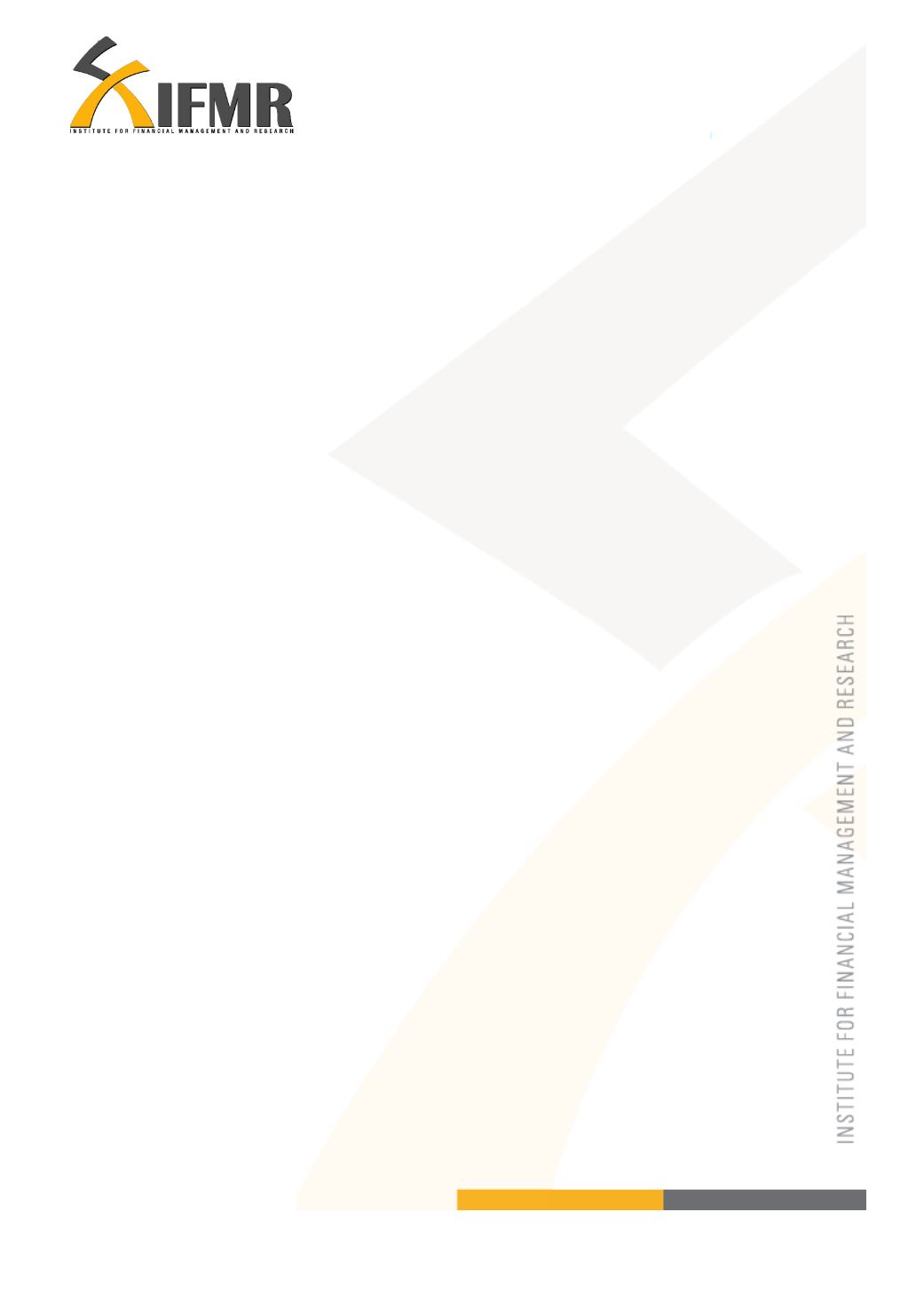
23
field researchers for education and clarification. Using this questionnaire a pilot survey
was conducted with a small group in the district of Kanchipuram. Data and feedback
from this pilot was analyzed to ensure robustness of the data collection instrument.
The design of the questionnaire was to capture savings in the SHG groups. However, we
felt that in order to understand the potential of the member to save we need to capture
both inflows and outflows not just of the member but of the entire family. Keeping this
in mind the design of the questionnaire consisted of the following sections.
1.
Demographic Details
2.
Income details (of the whole family, including the member)
3.
Occupation
4.
Expenditure
5.
Savings ( in details)
Along with the above quantitative details we sought to get several perceptive details
on decision making, empowerment, savings and income. The above helped us form
our basic hypothesis.
4.2
Sample Selection
The initial discussions with the nodal agencies on the nature and scope of the projects
resulted in identification of four districts for the conduct of the study in Tamil Nadu and
two in Karnataka. They were Tiruvallur, Kanchipuram, Krishnagiri and Dharmapuri in
Tamil Nadu and Shimoga and Udupi in Karnataka. These districts are a fair
representation with varying socio-economic levels in terms of income and literacy levels


